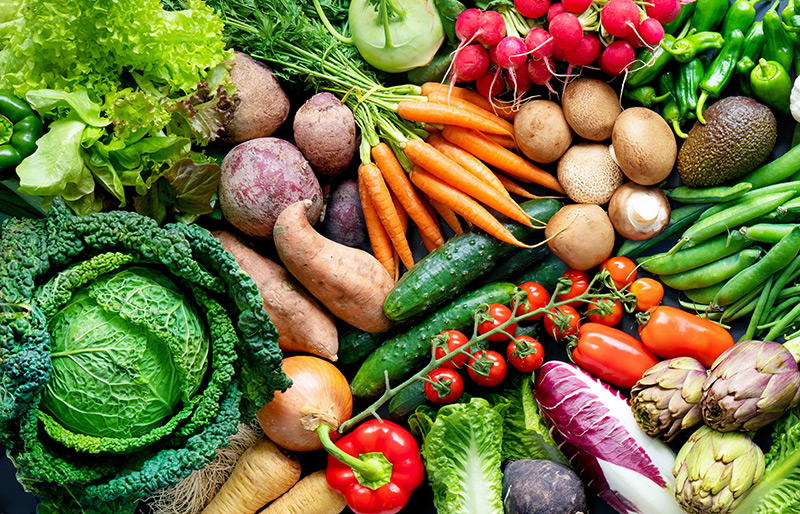In the complex world of agriculture, commodity markets play a crucial role in determining the economic viability of farming operations and investment strategies. Whether you’re a farmer ensuring your crops reach the market efficiently, an investor seeking opportunities in agricultural markets, or a trade analyst deciphering trends, understanding the dynamics of agricultural commodities is essential. This blog post explores the integral aspects of agricultural commodities, focusing on supply chain efficiency and commodity pricing.
What are Agricultural Commodities?
Agricultural commodities are raw products derived from farming and livestock operations that are essential for both local and global markets. These include grains like wheat and corn, livestock like cattle and hogs, and other products such as coffee and cotton. The value and demand for these commodities are influenced by various factors, including weather patterns, trade policies, and economic conditions.
Navigating Agricultural Markets
The agricultural markets comprise a network of buyers and sellers engaged in the trade of these commodities. These markets serve not only to facilitate transactions but also to provide price discovery—a crucial element for stakeholders across the agricultural supply chain.
- Farmers rely on market signals to make planting decisions and manage risks.
- Investors view commodities as a hedge against inflation and a diversification tool for their portfolios.
- Trade Analysts assess trends and market data to predict future movements and advise clients.
Importance of Supply Chain Efficiency
Efficient supply chains are vital for ensuring that agricultural commodities move seamlessly from fields to markets. Supply chain efficiency influences commodity prices by affecting the costs associated with transportation, storage, and processing. By adopting best practices and technologies, stakeholders can optimize their operations and enhance profitability.
- Technology Integration: Using precision agriculture tools and data analytics to forecast yields and demand.
- Logistics Management: Streamlining transportation routes and reducing turnaround times.
- Sustainability Practices: Implementing environmentally friendly methods to reduce waste and improve yield.
Understanding Commodity Pricing
Commodity pricing is a dynamic and multifaceted aspect of agricultural markets. Prices are determined by several variables, including supply and demand fundamentals, geopolitical events, and currency fluctuations.
Key Factors Influencing Prices:
- Supply and Demand: Changes in production levels and consumer needs directly impact prices.
- Weather Conditions: Adverse weather can affect crop yields, leading to price volatility.
- Global Trade Policies: Tariffs and trade agreements can open or restrict market access, influencing prices.
Strategies for Managing Price Volatility:
- Futures Contracts: Secure future prices through standardized agreements to mitigate risks.
- Diversification: Spread investments across multiple commodities to reduce dependency on a single product.
- Market Analysis: Continuous monitoring of market trends and economic indicators to make informed decisions.
Conclusion
Agricultural commodities are vital to many aspects of our economy and daily lives. By understanding the intricacies of agricultural markets, supply chain efficiency, and commodity pricing, farmers, investors, and trade analysts can make strategic decisions to maximize their outcomes.
To further enhance your understanding of the agricultural markets and gain insights into optimizing your strategies, consider reaching out to industry experts or attending relevant seminars and workshops. Stay informed and ahead in this dynamic field to leverage the opportunities that arise.
Whether you’re planting the next crop or analyzing market trends, equipping yourself with the right knowledge and tools will ensure you stay competitive and profitable in the agricultural sector.
